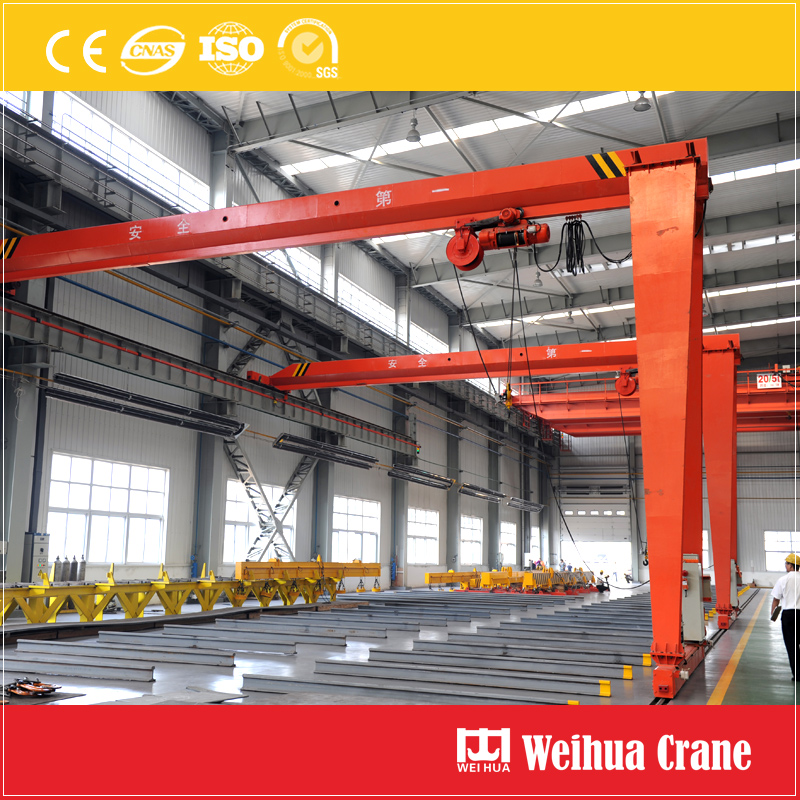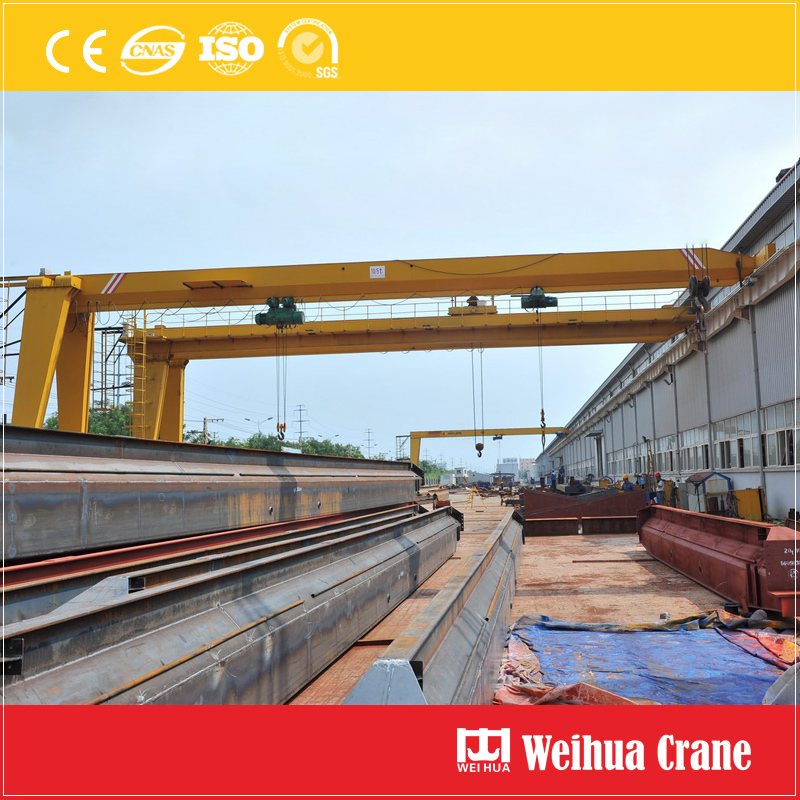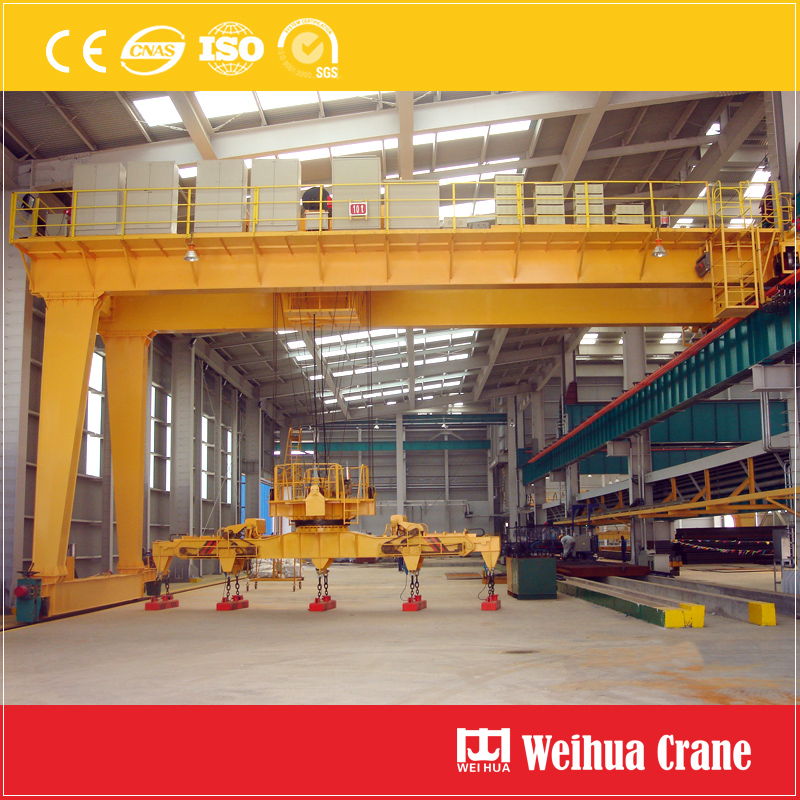Different types of activated carbon have different microporous structures due to their different raw materials and activation methods, and there are also great differences in performance related to gold adsorption. Therefore, the use of activated carbon as an adsorbent for the carbon slurry process is related to the technical and economic indicators of the entire carbon slurry process.
The adsorption capacity of activated carbon for gold includes adsorption capacity and adsorption rate. The adsorption capacity determines the amount of activated carbon used in production and the size and operational requirements of the gold recovery system. For carbon with large adsorption capacity, the amount of carbon required to achieve the same production index is small, and the concentration of activated carbon in the adsorption system can be controlled to be small, which is beneficial to the smooth flow of the carbon adsorption system and reduces the loss of carbon and metal. In addition, the charcoal with a large adsorption capacity can be controlled to a higher degree, so the desorption equipment can be designed to be smaller. The length of the carbon adsorption process depends on the adsorption rate of the activated carbon. It is generally believed that the adsorption rate of carbon is an important activity index than the adsorption capacity. It is also affected by many factors as follows.
1. Leaching operation conditions and influencing factors The carbon slurry method generally adopts 5~8-stage leaching, the grinding fineness is 80%~95%-200 mesh (0.074mm), and the leaching slurry concentration volume fraction is 40%~45%, cyanide The mass fraction of the compound is 0.03% to 0.05%. The pH is 10.5~11, and the total leaching time is 24~48h.
In the process of carbon leaching, the factors affecting gold cyanide leaching can be roughly divided into two categories, one is the influence of ore properties, which can be pre-calcined, microbial oxidation, chemical oxidation, etc. before leaching. The method is to change the nature of the ore; the other is the influence of the leaching conditions, including the type and concentration of cyanide, the concentration of the slurry, the fineness of the grinding, the pH of the slurry, the leaching time, the temperature of the slurry, and the oxygenation amount.
2. Adsorption operation conditions and influencing factors
Carbon adsorption is generally carried out using 4 to 7 stages of adsorption. The air flow riser or the carbon pump is used for the countercurrent flow of carbon. The total carbon adsorption time is generally 6~20h, and the gold-bearing gold grade is 3000~7000g/t dry carbon.
There are many factors affecting the adsorption rate. The main factors are:
1) Influence of slurry concentration and viscosity The slurry concentration will affect the movement mode and intensity of the fluid, and is generally controlled within the range of 40% to 45%. The concentration of the slurry determines the density and flow properties of the slurry. The uniformity of the dispersion of activated carbon in the slurry is an important factor affecting the adsorption effect of carbon. The condition for keeping the activated carbon sufficiently dispersed in the slurry is that the pulp density is equal to the density of the activated carbon. In production, activated carbon is selected, and its performance is also determined. To maximize the density of carbon and slurry, it can only be achieved by adjusting the concentration of slurry. The pulp concentration is too large and its density is greater than the density of the activated carbon, which causes the activated carbon to float on the surface of the slurry. Conversely, the slurry concentration is too small and its density is less than the density of the activated carbon, causing the activated carbon to sink to the bottom of the adsorption tank. Both of these conditions have severely damaged the full contact between carbon and slurry and reduced the adsorption efficiency. The concentration of pulp in production is generally controlled at 40%~45%. When the density of carbon is high, the concentration is controlled to be higher. Otherwise, the concentration is controlled lower. [next]
The amount of sludge in the slurry and the amount of flocculant added during the concentration operation have a decisive influence on the viscosity of the slurry. The slurry with high viscosity is poor in fluidity, which easily causes clogging of screens and pipes in the adsorption process. In addition, a slurry with a high viscosity reduces the rate of diffusion of Au(CN) 2 - to the surface of the activated carbon (out-diffusion), thereby reducing the overall adsorption rate. Therefore, it is necessary to prevent ore over-grinding and excessive addition of flocculant during production.
2) The average particle size of the activated carbon, the pore structure and the density in the slurry. The particle size of the carbon has a great influence on the adsorption rate. As the carbon particle size decreases, the adsorption rate increases. Currently, the carbon particle size is generally 6 ~16 mesh, the content of the sieve and the sieve grade are less than 3%. If the carbon screening technology is improved, the carbon particle size can be greatly reduced and the total adsorption time can be reduced by half.
The mass concentration of charcoal in the pulp is generally 10~15g/L pulp in the first few segments, and the latter two sections should be increased to 15~40g/L pulp or higher, especially when the activated carbon "poisoning" is serious, it should be increased rapidly. The density of carbon, which is an effective way to increase the adsorption rate.
The carbon extraction process of carbon slurry has strict requirements on the particle size of activated carbon. In theory, the larger the particle size of activated carbon, the smaller the specific surface area, the lower the activity, and the worse the adsorption efficiency. On the contrary, activated carbon with a small particle size has a relatively large specific surface area, high activity, and strong adsorption capacity. Most of the fine-grained activated carbon in production is worn out from coarse-grained carbon. As mentioned above, this part of carbon has the characteristics of high activity and low strength, and continues to wear in the process, which is easy to be lost with the tailings. In the process, activated carbon and slurry are reversed. This flow is achieved by means of interstage screen and carbon removal equipment. The carbon with too fine particle size tends to clog the screen, resulting in a smooth flow. The excessively coarse carbon has a relatively large amount of wear when it is passed through the carbon removal equipment and piping.
To achieve good adsorption effect in the slurry, the carbon must be in full contact with the slurry. If the particle size of the carbon is not uniform, segregation easily occurs in the slurry, which will seriously affect the uniformity of the tandem charcoal, so that the time of contact between the carbon of different particle sizes and the slurry is not balanced, and the adsorption effect is lowered. Therefore, the particle size of activated carbon for gold extraction should not be too large, nor too small, and should be as uniform as possible. In order to ensure the particle size characteristics of the carbon, the fine char recovered from the safety screen should not be returned to the carbon adsorption system. The regenerated charcoal contains a large amount of fine charcoal, which must be sieved out before it is added to the adsorption system.
3) the impact of harmful substances These substances are mainly two types, one is carbonate, hematite and other minerals, and second, oil, butter, humic acids, flotation agents, flocculants and other organic matter. These organic substances are adsorbed by activated carbon, occupying the inner surface of the pores of the carbon, and reducing the adsorption efficiency. The reaction of humic acid with Au(CN) 2 - also reduces the diffusion rate of Au(CN) 2 - to the surface of activated carbon; in addition, it poisons the pores of activated carbon and reduces the adsorption performance of activated carbon.
Special care should be taken during operation. On the one hand, there should be too much lime added to the leaching section. On the other hand, avoid lubricating oil such as oil and butter into the slurry. It is also impossible to add too much organic matter such as flocculant when it is thick before dipping, otherwise it will be harmful to adsorption.
For the flotation concentrate, the carbon slurry treatment must be removed beforehand; the amount of flocculant used in the concentration operation should be as little as possible under the conditions that meet the production requirements; the backwater used in the carbon slurry plant should be analyzed and controlled. Reduce the content of humic acid, flocculant, etc., to prevent the harmful effects of various organic substances on carbon adsorption operations. [next]
4) Influence of slurry temperature The saturated capacity of gold and silver adsorbed by activated carbon is also related to temperature, ion concentration and pH in solution. According to GJ McDougall et al., the solubility of KAu(CN) 2 in hot water is about 14 times greater than in cold water. When using 300ml of initial liquid containing 180mg/L gold, CaCl 2 2.8g/L and KCN 0.5g/L, adsorption under nitrogen atmosphere and adding 0.25g of activated carbon, the effect of different medium temperatures on the adsorption of gold by activated carbon In Figure 1. As can be seen from the figure, the higher the temperature, the more gold remains in the solution, and the smaller the adsorption capacity of carbon to gold.

5) Effect of pulp pH In order to determine the effect of pH on carbon adsorption gold, 300 mL of pure cyanide solution containing 190 mg/L gold concentration was used, and the test was carried out under nitrogen atmosphere and 0.25 g of activated carbon. The result was at pH=1. The adsorption capacity of carbon to gold is 200 mg/L, and when pH=12, it is 60 mg/L. Among them, the pH of the carbon to gold adsorption capacity is almost unchanged, that is, the pH is 6 is a constant. As the pH of the solution decreases, the adsorption capacity of carbon to gold gradually increases (Fig. 2). [next]

6) Effect of free cyanide concentration Cyanide concentration is one of the parameters that have a great influence on carbon adsorption. The cyanide concentration is too high, and some other metals that are difficult to be immersed are also dissolved and adsorbed by activated carbon, which not only affects the adsorption of Au(CN) 2 - by carbon, but also increases the consumption of impurities and cyanide in gold-loaded charcoal. Aggravate environmental pollution. In addition, excess free cyanide will compete with Au(CN) 2 - for adsorption sites on the surface of the activated carbon, reducing the adsorption rate. Too low a cyanide concentration will reduce the leaching rate of gold, especially for CIL processes. Therefore, it is very important to maintain a stable and suitable cyanide concentration. In actual production, the cyanide mass fraction of the adsorption system is generally maintained at 0.02% to 0.05%.
A Semi-Gantry Crane is a Gantry Crane with only one side supporting leg, and the other side is supported on the horizontal structure such as workshop wall. The leg side is traveling on rail tracks laid on the ground, while the other side is traveling on the tracks on the supporting structure.

The main beam of a semi-gantry crane can be a double-girder or a single girder, and the hoisting mechanism can be an Wire Rope Electric Hoist or a hoist/winch on a trolley. The semi-gantry crane is usually used outdoors, also indoors at a large workshop for handling working pieces, bulk mateirals, machines, steel products, scraps, containers, etc.
Capacity: 1t - 500t or custom
Span: 6m - 32m or custom
Lift height: 6m - 32m or custom
Work duty: A4, A5, A6 6m - 32m or custom
Sling device: hook, grab, magnet, disc, spreader or special device for special industry
Packing: wooden case, rain cloth, reinforced bar, etc.

Features of Semi-Gantry Crane:
1. All steel plates are processed by pretreatment production line: Shot blasting – Painting – Paint Drying, Eliminate stress in steel plate, and increase Adhesion between paint and steel plate and anti-corrosion.
2. Adopt Germany Messer plasma CNC cutting machine to cut steel plate with high efficiency and accuracy (±1mm).
3. Rolling drum with seamless steel with pressure 1250t. Auto welding and heavy duty CNC lathe for processing.
4. Double gun gantry submerged arc welding for end beam processing.
5. Welding robot for main beam welding, MAG welding for inside seam welding, Ar+CO2 Mixed protective gas.
6. X-ray flaw detection, Ultrasonic flaw detection for welding seam.
7. High temperature quenching and quenching and tempering treatment for wheels to release internal stress.
8. Annealing furnace (1000mm*4000mm*4000mm) for annealing of trolley, rolling drum, balancing beam, wheel group and spreader.
9. Anti-sway system can be equipped according to customers' requirement.

Semi-Gantry Crane
Semi Gantry Crane,Semi-Gantry Crane,Semi-Gantry Crane Single Girder,Single Girder Semi Gantry Crane
Henan Weihua Heavy Machinery Co., Ltd. , https://www.weihuacranefactory.com